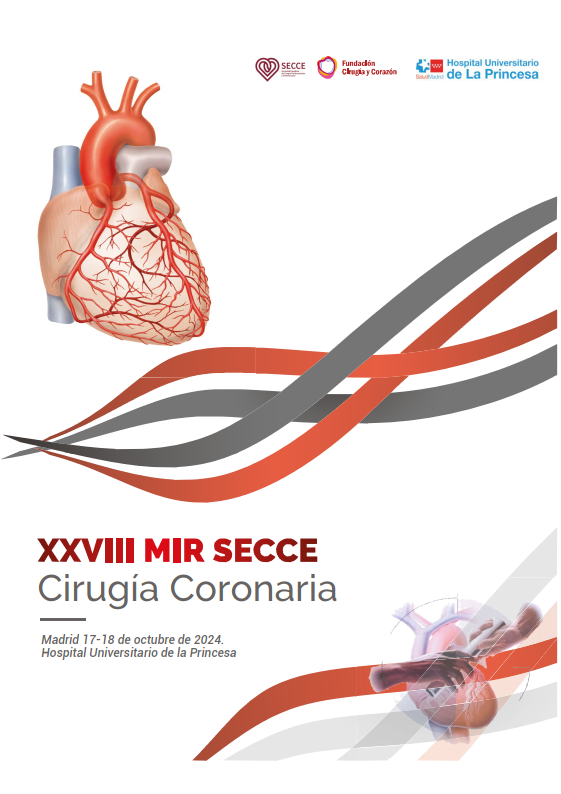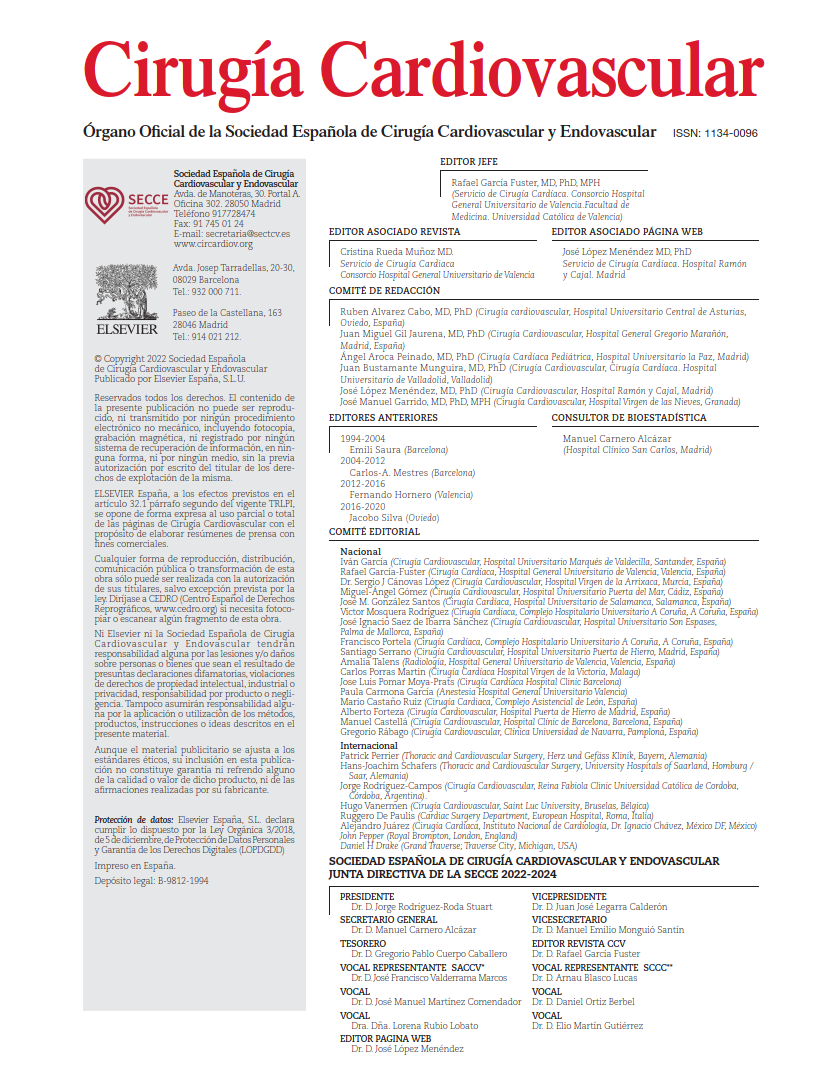The trial under discussion was a prospective, randomized, single-center clinical study designed to assess primarily 90-day mortality, along with secondary clinical outcomes including in-hospital and 30-day mortality, duration of renal replacement therapy (RRT), length of stay in the intensive care unit (ICU), organ dysfunction, and changes in inflammatory and metabolic mediators in patients with acute kidney injury (AKI) following type A aortic dissection surgery. Outcomes were compared between early initiation of RRT and the standard initiation strategy.
One of the major complications after cardiac surgery, and particularly after type A aortic dissection repair, is severe postoperative AKI, which is associated with adverse outcomes and reduced survival. This trial cites prior work such as the single-center ELAIN study, which demonstrated that early initiation of continuous venovenous hemodiafiltration in patients with KDIGO stage 2 or 3 AKI improved survival in those undergoing cardiac surgery, who comprised 50% of the cohort. An exception was sepsis-associated AKI, where the timing of RRT initiation did not significantly affect prognosis.
By contrast, a randomized multicenter trial including patients with KDIGO stage 3 AKI and end-stage kidney disease, among other inclusion criteria, compared early versus delayed initiation of RRT using various dialysis modalities. That trial did not find a significant mortality difference, and the optimal timing of initiation could not be established. The lack of standardization in dialysis methods and inclusion of severely ill patients likely influenced the results.
The present trial established its sample size calculations based on mortality data from prior literature. An expected 90-day mortality of 56% was assumed for the standard group compared with 36% for the early group, corresponding to an absolute risk reduction of 20%. To detect this difference with 80% power at a 2-sided significance level of 5%, the investigators estimated that 96 patients per group would be required. Allowing for a 10% dropout rate, they targeted 106 participants per group, for a total of 212. These calculations were performed using PASS 11® software.
From 1256 patients undergoing surgery for type A aortic dissection at Beijing Anzhen Hospital, 212 fulfilled the inclusion criteria. In the early group, patients with KDIGO stage 2 AKI were enrolled, and RRT was initiated within 6 hours of diagnosis. In the standard group, patients were classified as KDIGO stage 3, with RRT initiated within 8 hours of diagnosis. Additional criteria included the presence of absolute or urgent indications for dialysis, as well as plasma neutrophil gelatinase-associated lipocalin (NGAL) concentrations >150 ng/mL as an early biomarker of renal injury.
Ultimately, 206 patients were analyzed: 106 in the standard group and 100 in the early group, after exclusion of 6 patients who either did not progress to KDIGO stage 3 or recovered renal function spontaneously. Baseline characteristics such as age, sex, comorbidities, and metabolic markers were well balanced between groups.
As a result, early initiation of RRT significantly reduced 90-day mortality after randomization, with rates of 30.2% in the early group versus 51.9% in the standard group. Cox regression analysis yielded a hazard ratio of 0.53, indicating a 47% reduction in mortality with the early strategy. Kaplan-Meier survival curves confirmed this benefit, and the log-rank test showed the difference to be statistically significant (p = .003).
Secondary outcomes also favored early initiation. Both in-hospital and 30-day mortality were lower in the early group (24.5% vs 38.7%, p = .03; 28.3% vs 43.4%, p = .02, respectively). Furthermore, the duration of RRT was reduced, and improvement in azotemia was more pronounced in the early group. In contrast, ICU length of stay did not differ significantly between groups.
Biochemical analysis showed that inflammatory mediators such as interleukin (IL)-6 and IL-18, along with serum lactate levels, were higher in patients managed with the standard approach. Early initiation was therefore associated not only with reduced mortality but also with attenuation of systemic inflammatory and metabolic derangements.
COMMENTARY:
This trial addressed the limitations of prior studies and, by implementing a rigorous randomized design, demonstrated not only a reduction in 90-day mortality but also provided evidence to define the optimal timing of RRT initiation in patients with AKI after type A aortic dissection surgery.
The favorable secondary outcomes—including lower in-hospital mortality, shorter duration of RRT, and decreased levels of inflammatory and metabolic mediators—suggest an immunomodulatory effect of early therapy. This strategy may also prevent life-threatening complications such as volume overload, severe metabolic acidosis, and hyperkalemia.
Overall, the study contributes clinically relevant evidence that can guide physicians in managing patients with AKI after type A dissection repair. The use of biomarkers such as NGAL to trigger RRT initiation is particularly valuable, as it allows earlier identification of patients most likely to benefit, even before overt deterioration of renal function. Incorporating such markers into clinical decision-making could help refine the management of these critically ill patients.
Nevertheless, important questions remain. Subgroups such as patients with preexisting chronic kidney disease or sepsis-associated AKI were not addressed, and further multicenter trials are needed to validate the generalizability of these findings.
REFERENCE:
Jiao R, Lu X, Liu M, Zhu J, Sun L, Liu N. Randomized trial of early vs standard renal replacement therapy in patients with acute kidney injury after type A aortic dissection. Ann Thorac Surg. 2025 Jul;120(1):17-24. doi: 10.1016/j.athoracsur.2024.10.034.



